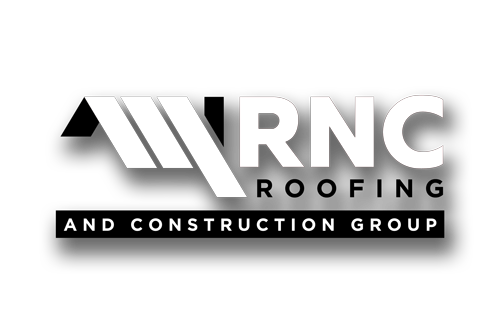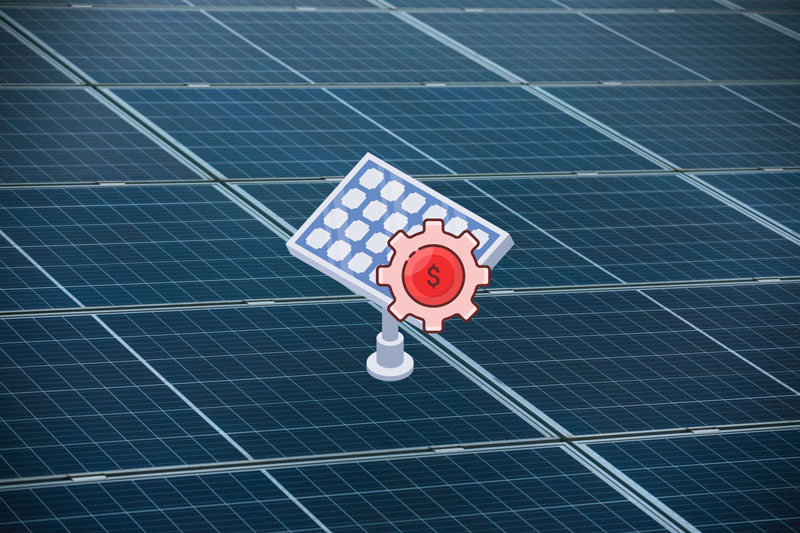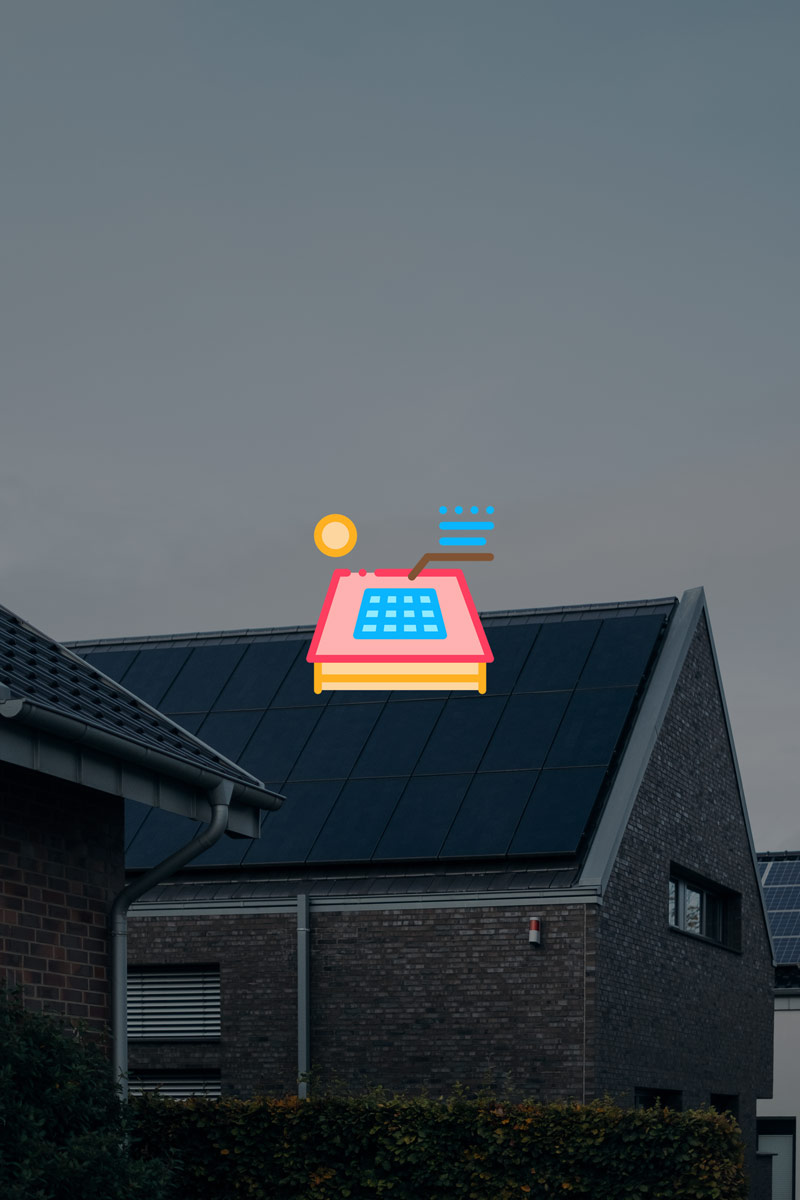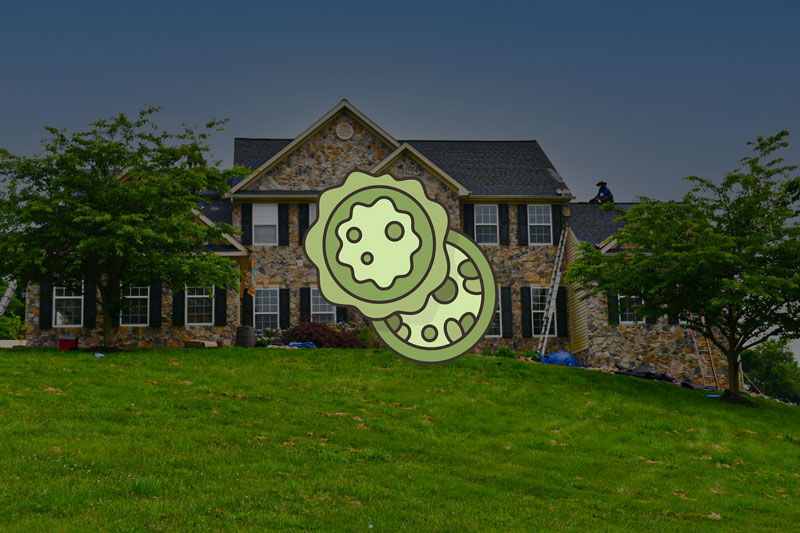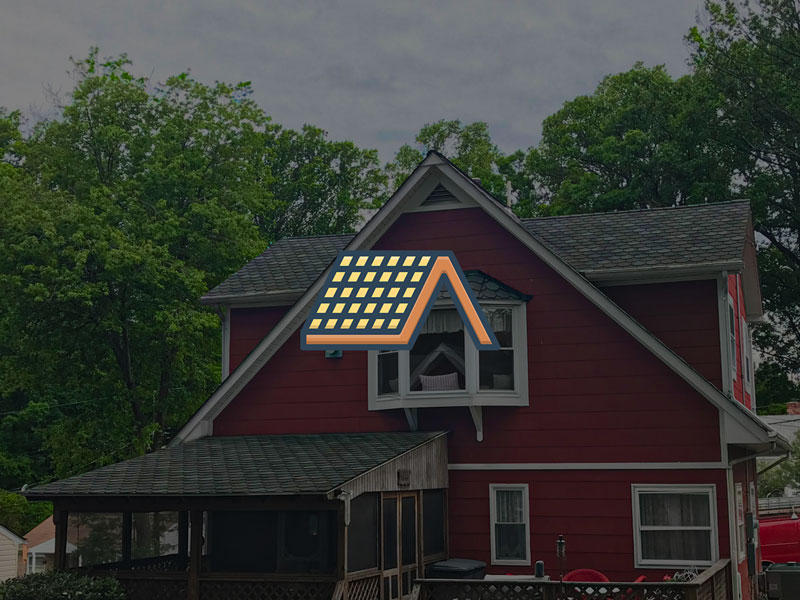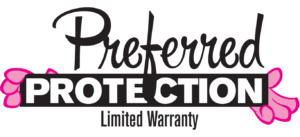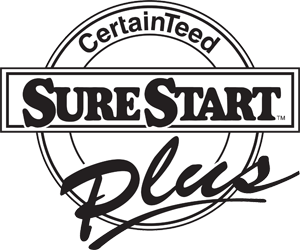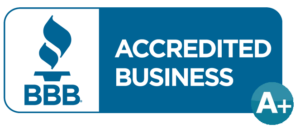Leaking Roof Mold: How it Develops and Prevention Tips-By RNC
A leaking roof is not just a problem for your home’s structure; it can also lead to mold growth, which can be dangerous for your health. In this article, we’ll delve deeper into how a leaking roof can cause mold and provide comprehensive tips on how to prevent it.

Understanding Mold
Mold is a type of fungus that grows in damp and humid environments. It can be found indoors and outdoors, and mold spores are always present in the air. When mold spores come into contact with moisture, they can grow and spread quickly.
How a Leaking Roof Can Cause Mold
A leaking roof can create the perfect environment for mold growth. Water can enter your home through even the smallest cracks in your roof and accumulate on surfaces like ceilings, walls, and insulation. Mold can grow in as little as 24-48 hours, especially in areas with poor ventilation.Once mold has taken hold, it can be difficult to get rid of. It can spread quickly and release spores that can contaminate other areas of your home. That’s why it’s important to take action as soon as you notice a leaking roof or signs of mold growth.
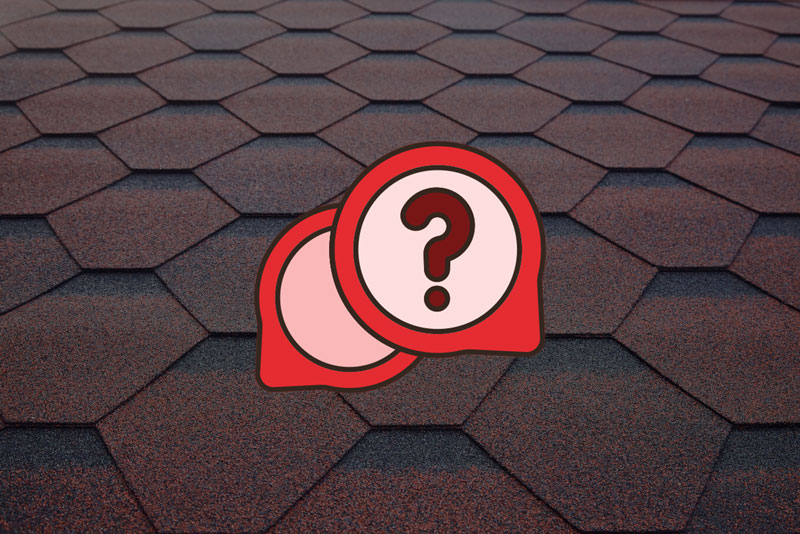
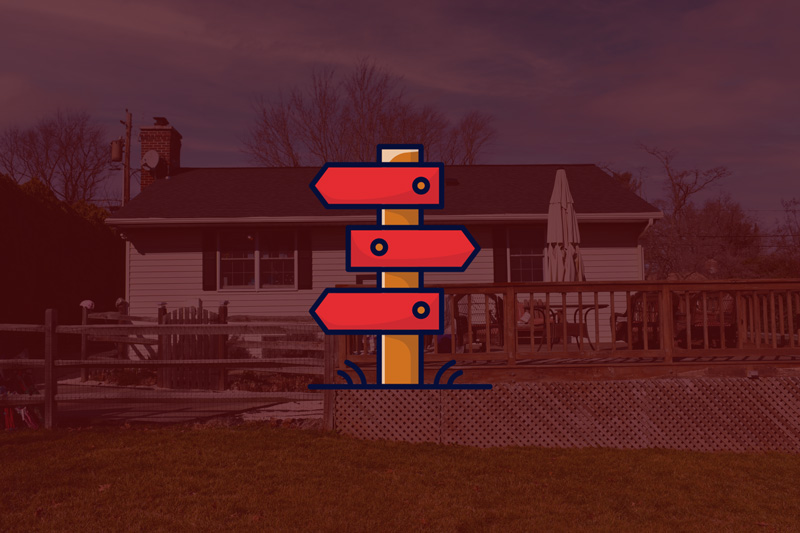
Signs of a Leaking Roof
It’s not always easy to detect a leaking roof, especially if the damage is minor. However, there are some signs you can look out for:
- Water stains on your ceiling or walls
- Damp or musty smells in your home
- Discoloration or peeling paint on your walls
- Visible damage to your roof, such as missing or damaged shingles or tiles
If you notice any of these signs, it’s important to act quickly to prevent further damage and mold growth
How to Prevent Mold from a Leaking Roof
Here are some tips to help prevent mold growth from a leaking roof:
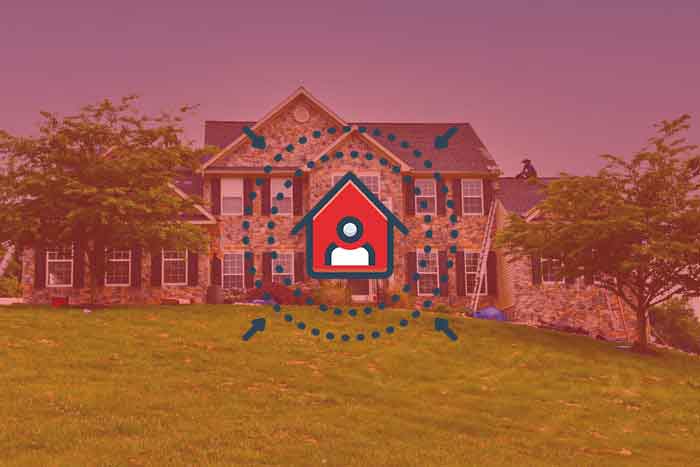
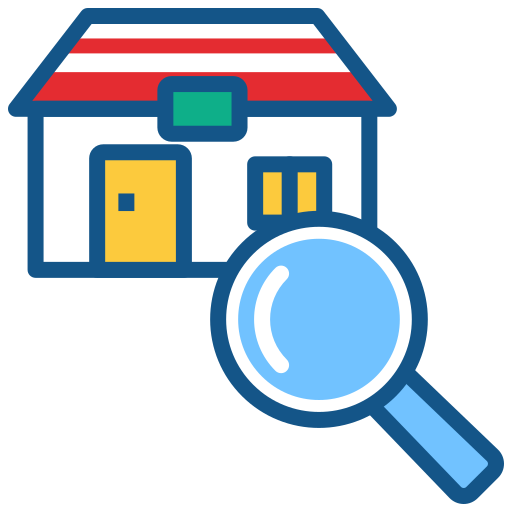
Inspect Your Roof Regularly
Regular roof inspections can help you spot damage early and prevent leaks from occurring. Check your roof for missing or damaged shingles, cracks, or other signs of wear and tear. You should also check for debris, such as leaves or branches, that can accumulate on your roof and trap moisture.

Keep Your Gutters Clean
Clogged gutters can cause water to back up onto your roof, creating a moist environment that is conducive to mold growth. Make sure to clean your gutters regularly and remove any debris that may be blocking the flow of water.

Maintain Proper Ventilation
Proper ventilation can help reduce humidity levels in your home and prevent mold growth. Make sure that your attic and crawl space are properly ventilated, and consider installing exhaust fans in your bathrooms and kitchen to help remove excess moisture.Read More Here About Proper Ventilation.
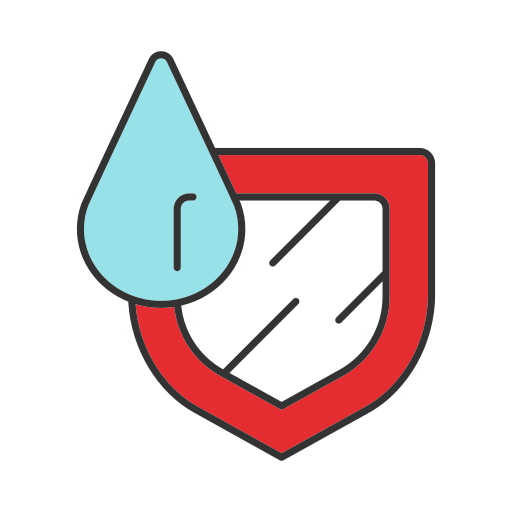
Use Mold-Resistant Materials
When replacing your roof or making repairs, consider using mold-resistant materials. Metal, tile, and slate roofs are less likely to support mold growth than traditional roofing materials like asphalt shingles.

Hire a Professional
If you are not comfortable inspecting or repairing your roof yourself, consider hiring a professional roofing contractor. A qualified contractor can inspect your roof for damage, make any necessary repairs, and provide recommendations for preventing mold growth.

Dealing With Mold Yourself
If you suspect that you have mold growth in your home, it’s important to take action as soon as possible. Here are some tips for dealing with mold:
- Wear Protective Gear
Mold can be hazardous to your health, so it’s important to wear protective gear when cleaning it up. This includes gloves, a mask, and eye protection.
- Clean and Dry Affected Areas
If mold growth is limited to a small area, you If mold growth is limited to a small area, you may be able to clean it yourself. To clean mold, mix a solution of one part bleach to ten parts water and use a stiff brush to scrub the affected area. Be sure to rinse the area thoroughly with water and allow it to dry completely. If the affected area is larger than ten square feet, it’s best to contact a professional mold remediation company to handle the job.
Contact a Professional
A leaking roof can lead to mold growth, which can be harmful to your health. It’s important to take action as soon as you notice signs of a leak or mold growth to prevent further damage and protect your health. Regular roof inspections, proper ventilation, and using mold-resistant materials can all help prevent leaking roofs and mold growth. If you do experience mold growth, make sure to clean and dry affected areas promptly, and consider hiring a professional mold remediation company for larger jobs. By taking these steps, you can protect your home and your health from the harmful effects of leaking roofs and mold growth.
More Informative Articles
Please Share!
